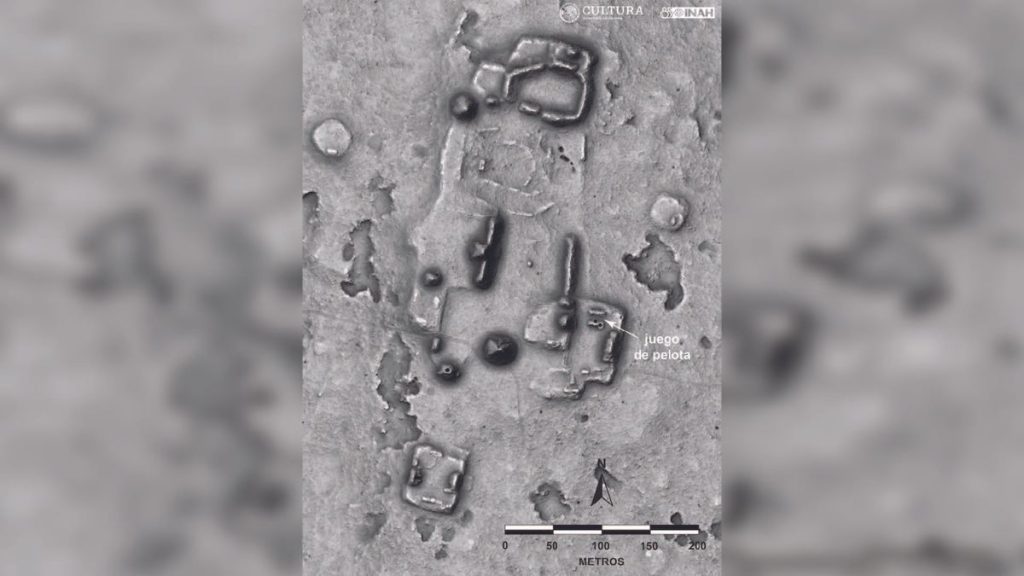Archaeologists in Mexico have discovered a mysterious underground structure with murals hidden beneath a Mayan ball court.
The team discovered the building during excavations. Ball FieldA stadium for ceremonial ball games played by the Maya and other Mesoamerican peoples.


